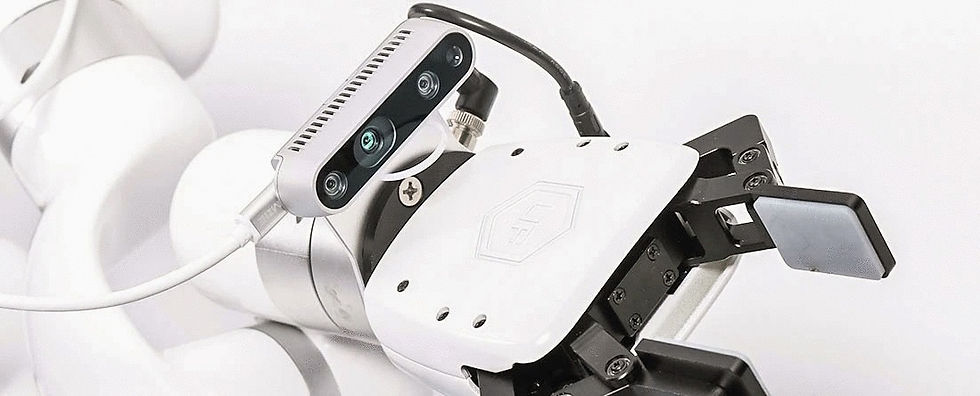How to Automate Warehousing Without Breaking Your Operations
- Blue Sky Robotics

- Jul 24
- 3 min read
As warehouses strive to stay competitive in a world of rising labor costs, consumer expectations for fast delivery, and global supply chain disruptions, automation is no longer a luxury—it’s a necessity. But automating a warehouse without disrupting daily operations can be daunting. Fortunately, with the right strategy, you can modernize your facility and boost performance without bringing your operations to a standstill.
This guide covers a phased, low-risk approach to warehouse automation, drawing from expert insights and real-world strategies used by successful operations worldwide.
Why Avoiding Disruption Is Critical
For many warehouses, especially small to mid-sized facilities, any downtime can impact customer satisfaction, delivery timelines, and revenue. Unlike greenfield projects (where automation is built into a new facility), brownfield automation retrofits must be designed to keep current systems running.
To automate without breaking your operations, your implementation needs to be incremental, modular, and ROI-driven.
Step 1: Start with a Warehouse Audit
Before buying a robot or upgrading your software, conduct a full warehouse audit. Identify pain points such as:
Bottlenecks in picking, packing, or replenishment
High error rates in order fulfillment
Labor-intensive tasks prone to fatigue or injuries
This helps prioritize which tasks should be automated first.
Source: Element Logic
Step 2: Choose Modular Technologies
Instead of a complete overhaul, start with modular solutions that integrate with your current systems:
Mobile barcode scanners and handheld tablets (low barrier to entry)
Automated conveyors for consistent high-volume movement
Collaborative robots (cobots) for light pick-and-place or kitting
Mini-load AS/RS systems for high-density storage

Modularity allows you to scale gradually and validate ROI along the way.
Source: PIO
Step 3: Integrate, Don’t Replace
Many warehouses operate on legacy Warehouse Management Systems (WMS) or ERPs. Instead of ripping these out, look for automation tools that offer API or cloud-based integrations. This avoids massive software migrations and leverages existing data.
Tip: Use middleware or an automation platform to sync between systems, easing transitions.
Source: OPEX
Step 4: Pilot Projects, Not Full Rollouts
Rather than automating your entire picking operation at once, select one aisle or product category and run a 2–4 week pilot. This helps:
Validate time savings
Surface integration issues
Train staff in a controlled setting
Once successful, you can expand the solution to more areas with confidence.
Source: RFGen
Step 5: Train & Empower Your Workforce
Automating your warehouse works best when paired with a well-trained, supported workforce. Include employees in the automation planning process:
Explain how automation will help them (reduce repetitive strain, improve safety, etc.)
Offer skill-building workshops (robot operation, inventory systems)
Designate internal champions to support rollouts
Companies that involve workers from the start see better adoption and fewer errors.
Source: Vector/ASC Software
Step 6: Monitor, Maintain, Improve
Once new automation is live, ongoing maintenance is crucial. Use predictive maintenance strategies such as:
Sensor alerts for motors and drives
Scheduled checkups for robots
Real-time performance dashboards
By staying proactive, you prevent downtime before it starts.
Source: Element Logic
Final Thoughts
Warehouse automation doesn’t have to be a disruptive, expensive transformation. With a smart plan and modular tools, you can automate high-impact processes, improve throughput, and reduce labor stress—all without shutting down your operation.
Start small. Measure results. Iterate quickly. And above all, keep your team involved. That’s how you build a smarter, more resilient warehouse for the future.



